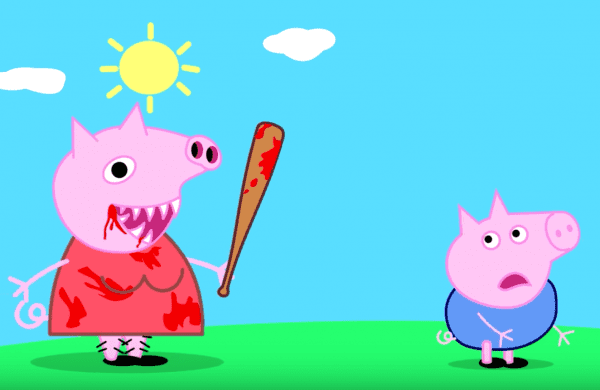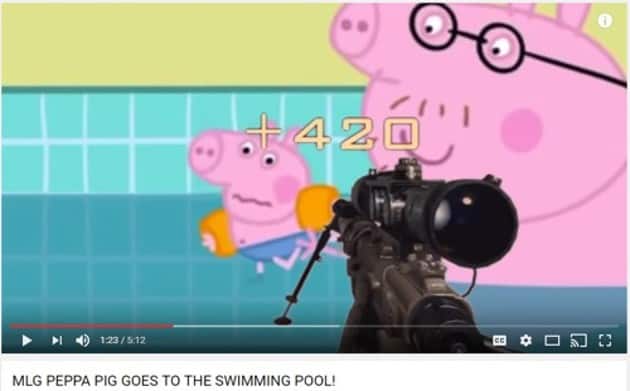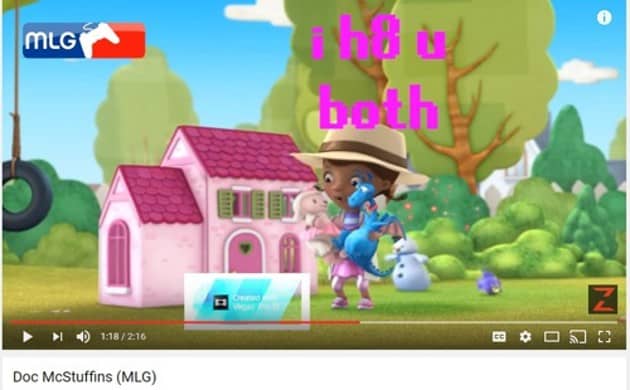
Do your kids watch their favorite cartoons on YouTube?
My daughter, who was four years old at the time, was watching a seemingly innocent "My Little Pony" video via the YouTube app on my phone when I thought I heard some inappropriate language. I double checked what she was watching, decided I surely misheard, and went back to completing a task. Then it happened again with another word - a very strong expletive- and I knew I hadn't misheard.
I promptly explained to her that what she was watching was not what she thought it was and deleted the app from my phone and busied her with a different activity.
Has something like this happened to your family?
It can start out innocently enough. You child is watching a real video of one of their favorite shows, and then the next video that pops up in the queue is a parody of the show...but one that is often for much more mature audiences, with content that would make any parent do a double-take. The original images may remain mostly the same, but with swearing or offensive phrases dubbed over the original dialogue, or words and disturbing images inserted over the cartoon.
A recent BBC Trending news article details some of the problems with popular cartoons on YouTube. At first glance, these cartoons seem innocent and appear as if they are the real cartoon. But when parents take a closer look, it's evident that these videos are not suitable for children and contain disturbing and inappropriate scenes.
While the scenes can be frightening, children aren't able to decipher the difference between these mature content parodies and their beloved favorite shows, such as "Peppa Pig", "Doc McStuffins", "Frozen", "Thomas the Tank Engine" and many other child favorites. These parodies contain violence, nudity, swearing and other disturbing depictions.
Even more alarming is the YouTube page for these videos often looks kid-friendly, using official looking images from the shows.
What you can do
-
Download the YouTube Kids app to your device, which uses algorithms to provide safer content for children. Read through the YouTube Kids Parental Guide so you understand the risks and benefits first.
-
Turn on "restricted mode" for YouTube, which can be found at the bottom of your YouTube page and limits flagged content.
- Flag videos with inappropriate content. YouTube reviews flagged content and proceeds according to its standards. It's easy for any user to flag a video as questionable.
While these are good steps to take, filters and parental controls are not 100% reliable, especially because new content is being added to YouTube daily. The best thing you can do as a parent is be aware of what your child is viewing and frequently - perhaps every few minutes - monitor what your child is watching on YouTube.
While YouTube can be a great asset for teaching and entertainment, as with any other media, parents need to be selective and careful about what they allow their children to view. Freedom of speech allows users to upload whatever type of videos they choose, which means it won't always be appropriate for all audiences.
Besides monitoring your child's online activity, it's important to teach them safety standards and how to navigate the internet safely because you won't always be there to protect them. Additionally, limit time and exposure to videos and other media. Kids need healthy doses of active playtime—running, jumping, pretending and creating. Use devices, computers and TVs in moderation.




